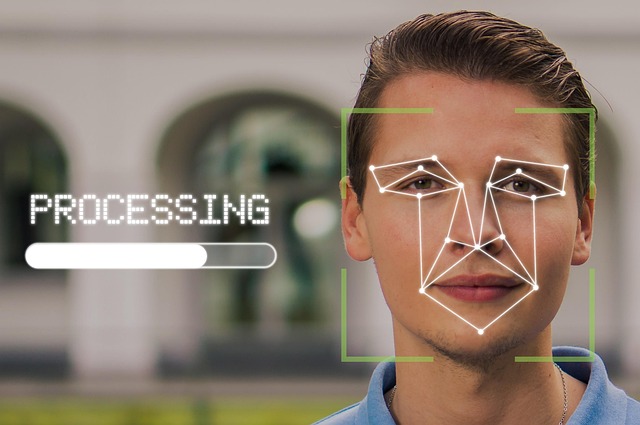Sensory Marketing: Enhancing Customer Experiences with Sensor Technology
In today’s fast-paced world, where consumers are bombarded with endless choices and messages, marketing has evolved beyond traditional advertisements. It’s no longer just about offering a product or service; it’s about creating an immersive and memorable experience that resonates deeply with customers. This is where sensory marketing steps in, leveraging sensor technology to engage multiple senses and forge stronger emotional connections.
The Power of Sensory Marketing
Sensory marketing taps into the five senses—sight, sound, smell, taste, and touch—to create experiences that are not only noticed but felt. By appealing to these senses, brands can trigger emotions, influence perceptions, and ultimately guide purchasing decisions. For many customers, these subtle sensory cues can make the difference between a fleeting interaction and a lasting impression.
Integrating Sensor Technology
With advancements in sensor technology, marketers now have innovative tools to bring sensory marketing to life in ways previously unimaginable. Sensors can detect environmental factors such as movement, temperature, lighting, and even air quality, allowing businesses to adapt and personalize the customer experience dynamically.
- Visual Sensors: Cameras and motion detectors adjust digital displays or lighting to capture attention or create ambiance.
- Auditory Sensors: Microphones and sound detectors tailor background music or messaging to suit the environment or audience mood.
- Olfactory Sensors: Technology can monitor scent dispersion to ensure that pleasant aromas are optimally presented, boosting relaxation or excitement.
- Touch Sensors: Interactive touchscreens and haptic feedback tools engage customers in tactile experiences, enhancing product interaction.
Creating Authentic Connections
Marketing that incorporates sensor technology doesn’t just manipulate the senses; it crafts authentic experiences that build trust and loyalty. For example, retail stores using temperature and motion sensors can adjust their environment to keep shoppers comfortable and engaged. Dining establishments might use scent sensors to maintain appetizing aromas, enhancing the overall meal experience.
Future Trends and Opportunities
As sensor technology becomes more sophisticated and accessible, its integration into marketing strategies will deepen. We can expect more personalized and context-aware interactions, where the environment responds seamlessly to individual preferences and behaviors. Brands that embrace these innovations will stand out by making every customer interaction unforgettable.
Marketing driven by sensory engagement and sensor technology invites us all to experience brands in richer, more meaningful ways. It’s about moving beyond messages to moments—moments that linger in memory and inspire genuine connection.



